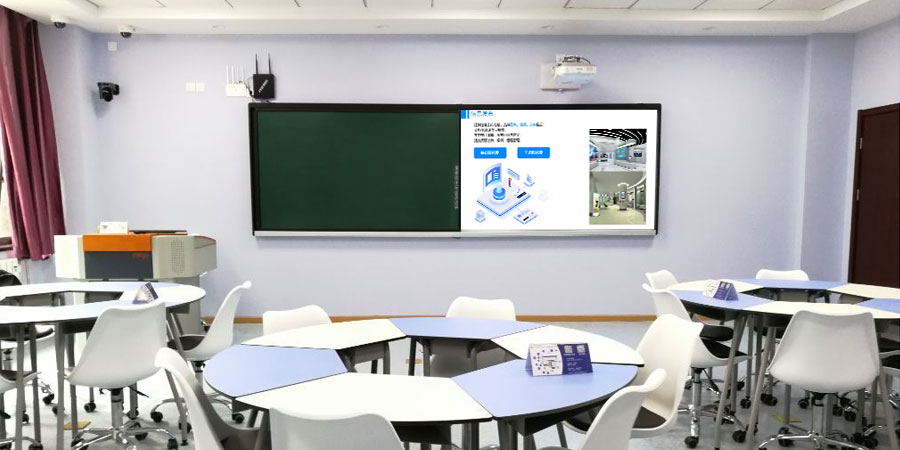Interactive Classrooms: A Screen Mirroring and Collaboration Solution for More Efficient Teaching Interaction
In the wave of digital transformation in education, interactive classrooms have become crucial for boosting teaching quality and igniting student interest. An effective screen mirroring and collaboration solution can make information transfer between teachers and students smoother, deepen classroom interaction, and completely break free from the traditional “teacher lectures, students listen” model, truly bringing the classroom to life.
I. Multi-Device Screen Mirroring: Every Student Becomes a Classroom Protagonist
In traditional classrooms, displaying student work or sharing ideas was often limited to a single screen at the front, making it hard for everyone to clearly participate. However, a screen mirroring solution for interactive classrooms supports simultaneous multi-device casting, turning students’ phones, tablets, and laptops into information output tools.
During class, teachers can start an “all-student casting” mode, allowing several students to project their problem-solving steps, essay drafts, or experiment reports onto different sections of the large screen at the same time. For instance, in a math class, four students could project their problem-solving processes simultaneously. The teacher, standing at the big screen, could then review each one, comparing the pros and cons of different methods and guiding students to think actively. This “multi-screen display” method gives every student a chance to showcase their work, instantly boosting classroom participation.
What’s more, the casting operation is incredibly simple. Students just tap their device, with no complex settings needed, and content quickly syncs to the large screen. This avoids interrupting the class flow due to tricky operations. Even younger students can cast independently with teacher guidance, truly making it about “everyone participates, everyone presents.”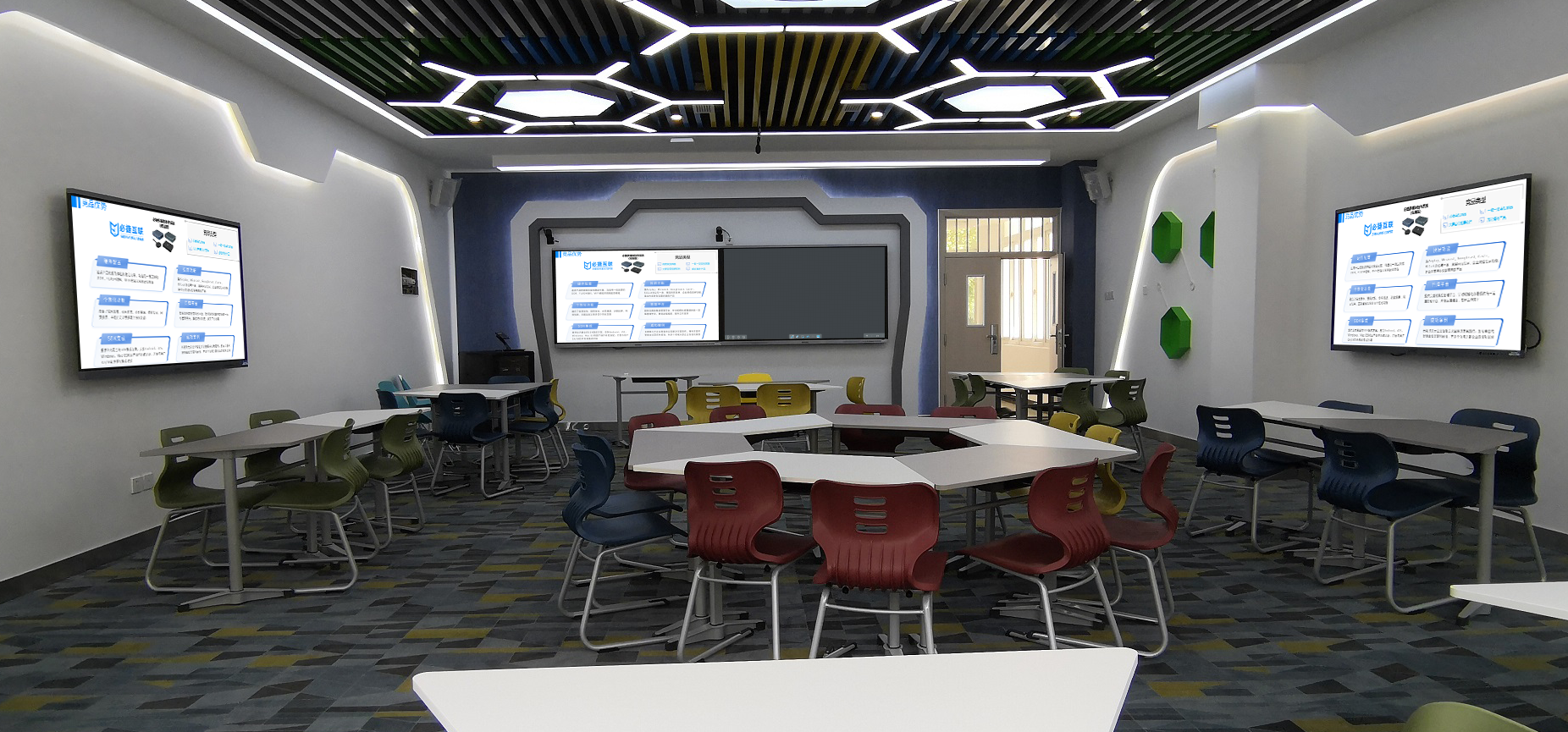
II. Two-Way Interaction: From “Delivery” to “Co-creation” in Teaching
The heart of an interactive classroom is “interaction,” and the screen mirroring solution’s two-way control feature takes this interaction from simple to profound. Teachers can directly annotate, circle, and modify content projected by students on the big screen, with these changes instantly syncing to the students’ devices—just like a teacher marking homework face-to-face.
In a language arts class, students could project excerpts of their essays. The teacher, using an electronic pen on the big screen, could circle powerful sentences, mark paragraphs needing revision, and write suggestions. Students would see and understand the teacher’s thoughts immediately. This “big-screen marking, small-screen response” approach makes feedback quicker and communication more effective.
Beyond that, the solution supports “teacher-student mutual casting.” Teachers can project key content from the big screen to all students’ devices with one click, making it easy for students to review later. Students can also send their questions to the teacher via screen mirroring, creating a closed loop of “teacher guidance – student output – instant feedback – collaborative refinement.” This upgrades teaching from simply delivering knowledge to teachers and students co-creating it.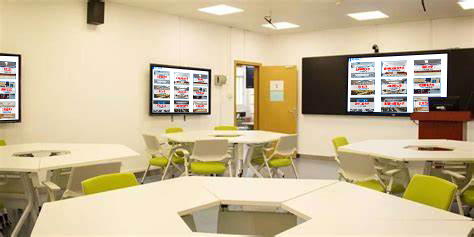
III. Scenario-Based Features: Adapting to Diverse Teaching Needs
Different subjects and teaching stages have unique needs for screen mirroring features. The screen mirroring solution for interactive classrooms offers a range of scenario-specific functions to meet these diverse demands.
In group discussions, it supports “group casting.” Each group can project their results to their designated screen area. The teacher can switch views to check group progress, join a group’s discussion at any time, and add comments to their projected content. In a history class, students might research cultural characteristics of different dynasties in groups. When they cast their findings, the big screen becomes a “history corridor,” and the teacher guides cross-group discussions, sparking more ideas.
For experimental teaching, the solution can integrate with HD camera casting, allowing microscopic experimental phenomena (like chemical reactions or biological cell structures) to be projected in real-time via the camera to the big screen. This ensures students in the back can clearly observe. Combined with slow-motion and screenshot functions, teachers can freeze key moments for in-depth explanations of experimental principles, solving the problem in traditional lab teaching where “what can be seen isn’t clear, and what’s clear is too close to see.”
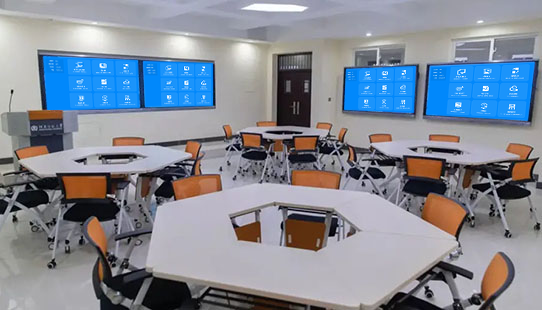
IV. Simple Management: Letting Teachers Focus on Teaching Itself
For teachers, complex device management can be a huge drain on energy. The screen mirroring solution for interactive classrooms simplifies management to the extreme. Teachers can effortlessly control the screen casting status in the classroom from a single control panel: one-click enabling or disabling student casting permissions, switching casting modes, locking the big screen to prevent accidental operations, and more.
Before class, teachers only need to connect their devices beforehand. The system automatically checks network status and casting functions to ensure a smooth class. During class, there’s no need to move around frequently; all casting operations can be done from the podium. After class, a single click clears all classroom mirrored content, protecting student privacy while preparing for the next lesson.
Additionally, the solution supports integration with campus smart platforms. Teachers can save highlight clips of classroom screen mirroring and student assignments to the platform, building a teaching resource library for future lesson planning and student review. This “light management, heavy teaching” design allows teachers to put more energy into lesson planning and guiding students.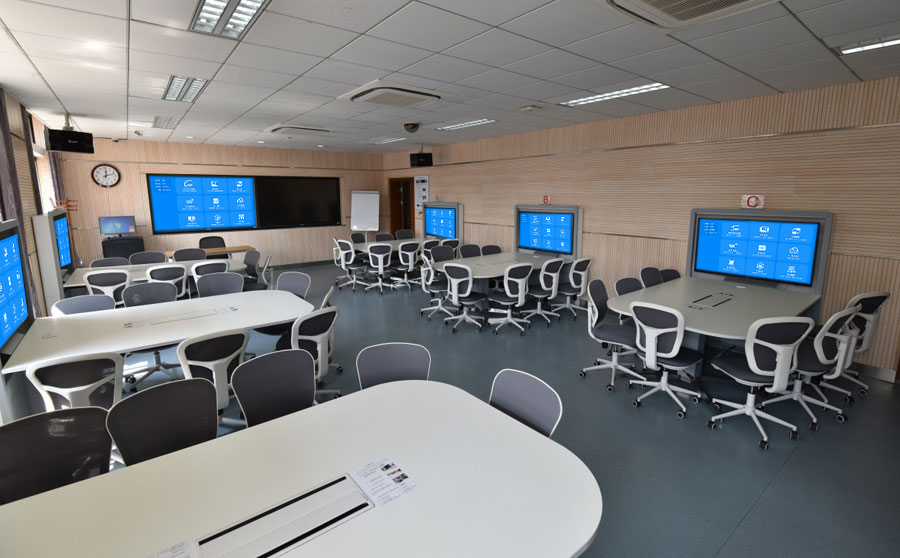
V. Stable and Reliable: Ensuring Uninterrupted Classroom Flow
Classroom time is precious, and any lag or delay can impact learning. The interactive classroom’s screen mirroring solution uses advanced anti-interference technology. Even with multiple devices connected simultaneously and in complex network environments, it maintains stable screen casting, with smooth, lag-free visuals and perfectly synchronized audio.
Even in a large lecture hall with hundreds of students, where dozens of devices are casting simultaneously, the system can handle it calmly without crashes or delays. Whether playing educational videos, displaying dynamic courseware, or engaging in real-time interaction, everything flows seamlessly, keeping the class rhythm firmly in the teacher’s hands and ensuring lesson plans proceed smoothly.
In an interactive classroom, an excellent screen mirroring and collaboration solution acts like an invisible link, tightly connecting teachers, students, and devices. It allows knowledge to be transferred through interaction and ideas to be refined through collaboration. This not only changes how classes are presented but also reshapes the very essence of teaching—ensuring every student participates deeply, and making the teaching process vibrant and creative, ultimately achieving the “student-centered” educational goal.